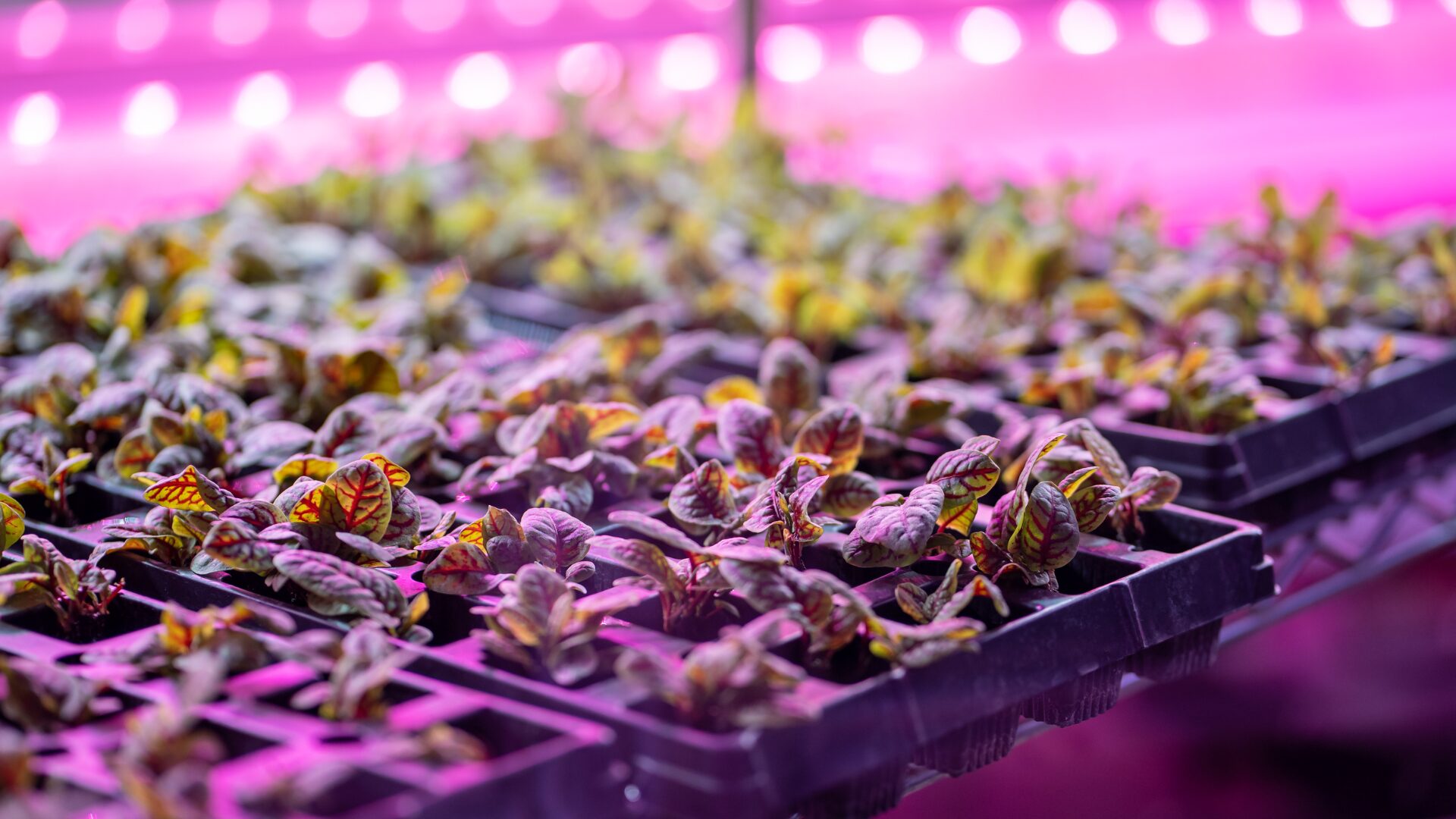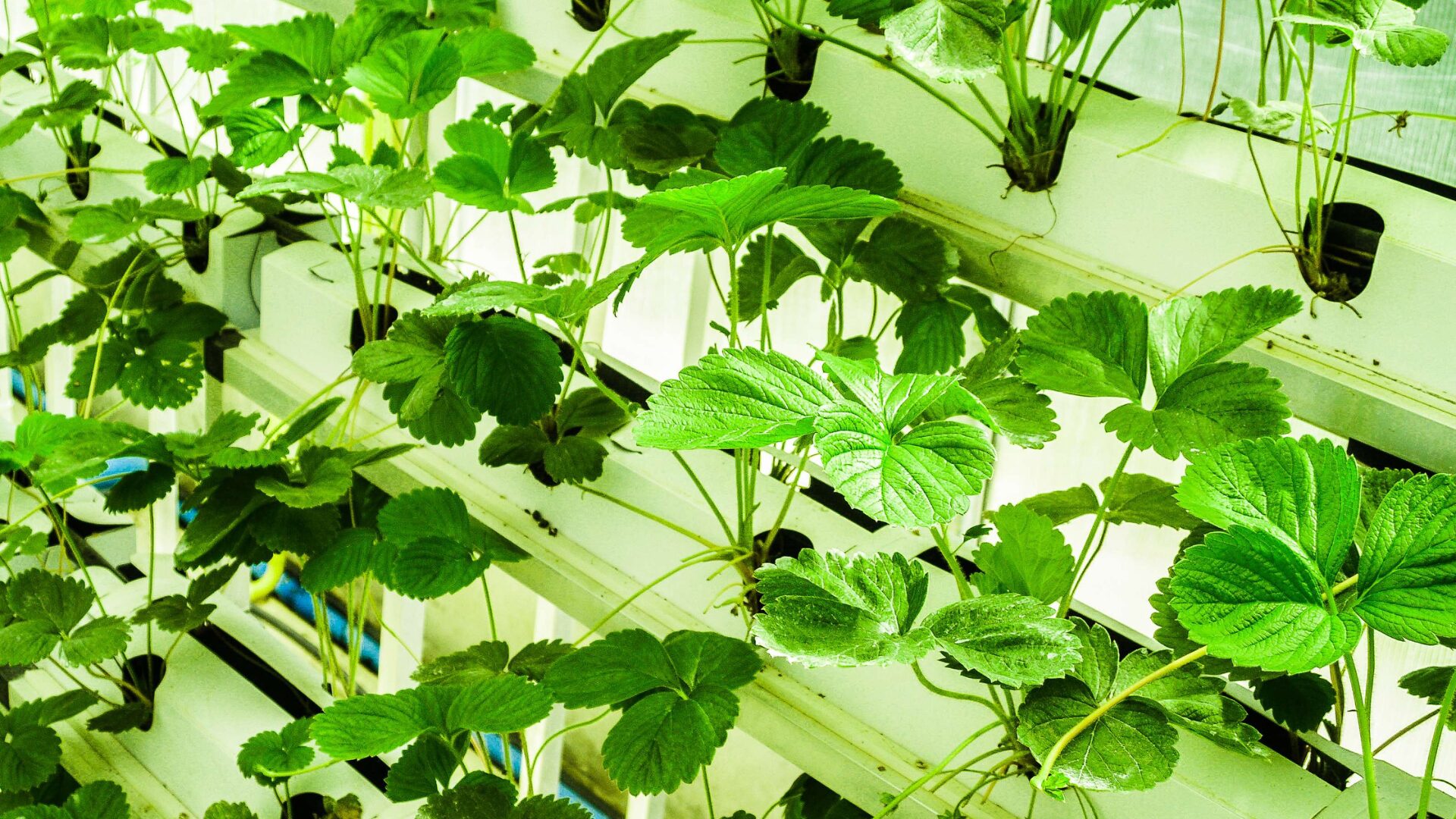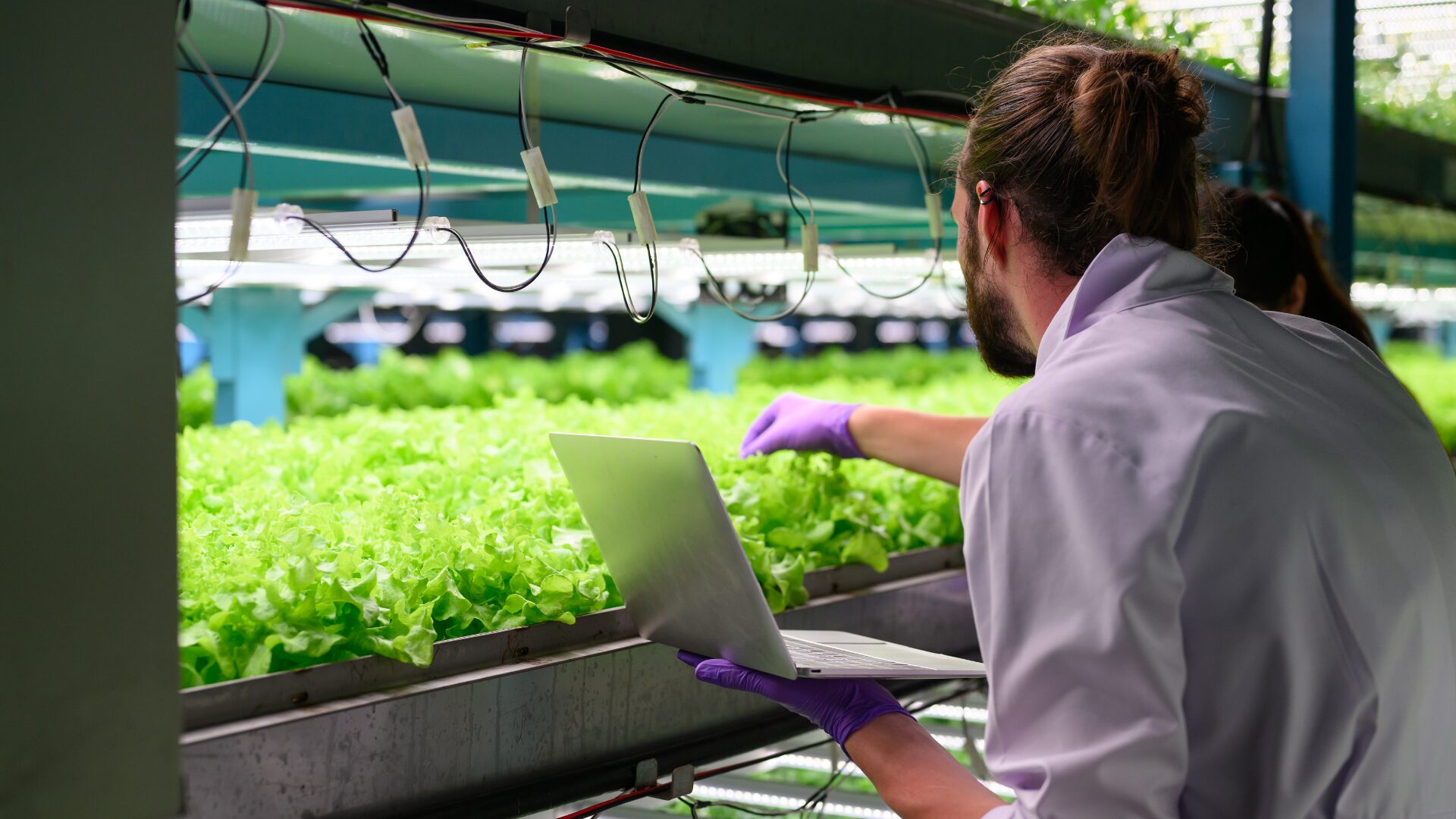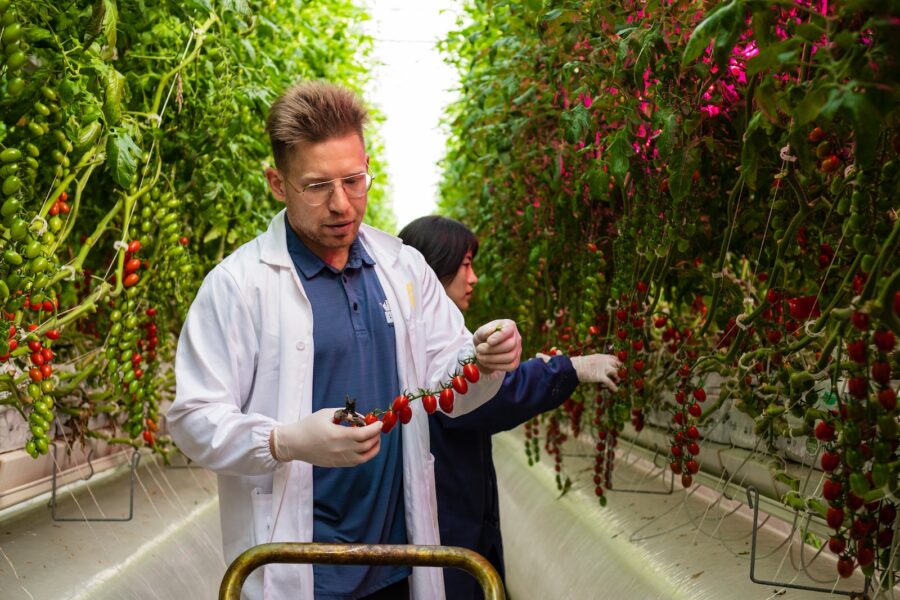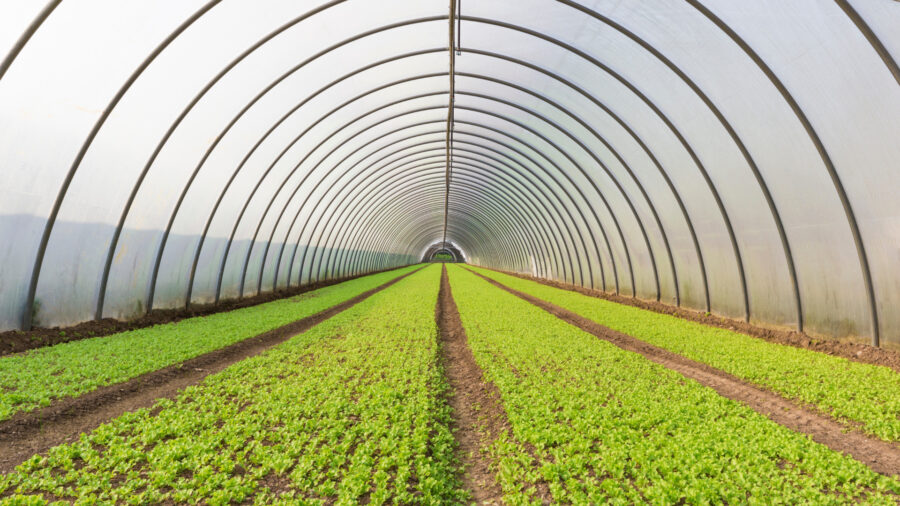In the current discourse on economic conditions, a paradox emerges: while macroeconomic indicators suggest a robust state of affairs, a pervasive sense of unease belies these optimistic figures. Nowhere is this more evident than in AgTech, where despite sunny forecasts, investment storms brew over innovations like alternative proteins and vertical farming operations. Let’s dig into this dissonance.
This retrenchment has cast a grey cloud over these sectors, reversing the previously fervent investor enthusiasm. I’ve been invited by the Food Institute to explain the current dynamics of vertical farming and to forecast its trajectory.
In the prevailing economic scenario, characterized by elevated interest rates, the Controlled Environment Agriculture (CEA) sector confronts unprecedented challenges. The optimism that once buoyed vertical farming has given way to a period of turbulence, evidenced by high-profile insolvencies of multiple companies.
Despite this adversity, it’s imperative to acknowledge the enduring potential of vertical farming, underscored by its foundational drivers and the infusion of innovative technologies that herald a rejuvenated outlook for the sector.
The Fundamentals
In forecasting the downturn of vertical farming in December 2021, I applied the Gartner Hype Cycle to interpret the sector’s trajectory. While the negative “trough of disillusionment” phase garnered much attention, the subsequent “slope of enlightenment” phase has been largely overlooked.
Achieving progress in vertical farming necessitates a balanced perspective, eschewing both undue pessimism and past naivete. At this juncture, it is crucial to revisit the core principles that initially propelled the move towards indoor agriculture.
Vertical farming’s essence is encapsulated in its promise to transform agriculture through digitalization and automation, significantly diminishing the reliance on water, fertilizers, and pesticides, and bolstering a localized, resilient food supply. These principles are not merely aspirational but represent tangible business imperatives that signal a revival in vertical farming’s appeal and viability. As we navigate this period of disillusionment, recalling these fundamental principles is essential for advancing towards the “slope of enlightenment” and realizing a brighter future for the sector.
The sustainability of vertical farming hinges on its ability to address specific challenges with clear economic benefits. Let’s take a look at some examples of what that looks like:
- Enhanced supply chains: In Canada, price surges for leafy greens have favored vertical farming enterprises like Fieldless Farms. Ask yourself and look for other regions that will see price spikes in leafy greens from political and environmental system shocks.
- Food security policies: Singapore’s aim for 30% local food production by 2030, given its limited agricultural space, exemplifies the strategic deployment of vertical farming in policy initiatives. There will be no way to achieve these targets without a portion of the production coming from a significant increase in vertical farming in Singapore.
- Climate Change Mitigation: Certain vertical farms are concentrating on cultivating rare plant species threatened by climate change or aiding reforestation efforts, highlighting the technology’s potential impact beyond mere leafy green production.
Despite the sector’s downturn, the announcement of new vertical farming ventures continues unabated.
The critical challenge in reaching the “slope of enlightenment” regarding vertical farming lies in avoiding the sector’s past errors.
For those engaged in planning, investing in, or operating vertical farms, a return to foundational principles is indispensable. Identifying the specific problems addressed and the economic value derived from these solutions is paramount for aligning vertical farming with its fundamental advantages over traditional and greenhouse agriculture.
The Innovations
Another path through the “trough of disillusionment” is innovation in vertical farming technology and business models. Notwithstanding the current downturn, several innovations loom on the horizon that promise to reignite interest in vertical farming among entrepreneurs, investors, and retailers, such as:
1. Energy Solutions for Vertical Farming
The surge in energy prices in Europe has led to the closure of numerous vertical farms. Despite strides in energy efficiency, notably through advanced LED lighting technologies that more closely replicate natural sunlight, energy costs continue to represent a significant portion of operational expenses.
Noteworthy innovations in this realm include pioneering research by Square Roots on extending crop growth periods without light, illustrating the vast potential for further advancements in vertical farming. Vertical farming will struggle to scale up without even more innovations in energy efficiency and powering them from renewable sources.
2. Circularity and Vertical Farming
A recent visit to the ReFarm project at Cop28 in Dubai showcased the forefront of sustainable agriculture by minimizing external inputs while maximizing outputs. Unlike the conventional linear model, ReFarm operates on a circular system, processing food waste into compost and water through the action of black soldier flies, which in turn supports the growth of fresh greens and herbs.
Outputs from the farm also include mangroves, connecting the farm to UAE decarbonization efforts. Also, waste substrate is used as an amendment to sandy field farms outside of Dubai and Abu Dhabi. This model exemplifies a self-sustaining ecosystem approach to vertical farming that contributes to local decarbonization efforts while achieving near-zero external water usage.
3. Integration of Vertical Farming into Urban Planning
The visionary integration of vertical farming into urban master planning posits a future where these farms are seamlessly woven into the urban landscape, enhancing food security, environmental sustainability, and community welfare.
By incorporating vertical farms into residential and commercial developments, this approach not only optimizes land use but also redefines the relationship between urban populations and their food sources. Projects such as the LCK initiative in Singapore, NEOM in Saudi Arabia, and the Bronx armory redevelopment in the U.S. illustrate the potential of integrating vertical farming into the broader context of architecture, planning, and real estate development.
Conclusion
Although the current downturn presents a daunting picture, it’s essential to recognize the resilient foundation and innovative strides that underpin vertical farming. Today’s challenges represent obstacles within the broader narrative of an indispensable agricultural shift.
With robust fundamental drivers and a wave of innovative developments on the horizon, vertical farming is on the brink of a resurgence.
This sector not only anticipates a rebound but envisions a dynamic future where agriculture is more efficient and intricately integrated into our urban existence. As we persevere through these trials, it’s important to remember that the journey toward revolutionizing agriculture and securing our food future is fraught with challenges, yet it is within these challenges that the most significant innovations emerge. The journey of vertical farming is far from concluded; it stands on the threshold of its next significant advancement.
Editor’s note: Henry Gordon-Smith is the founder and CEO of Agritecture, an advisory services and technology firm focused on urban and controlled environment agriculture.
The Food Institute Podcast
It’s been a rough four years for the modern grocery consumer – first, the pandemic shifted many consumer habits and subsequent inflation challenged their budgets. Alex Trott, director of insights with 84.51°, helps break down current pain points and opportunities that consumers are facing, including increased anxiety, stretched finances, and a need for omnichannel solutions.


